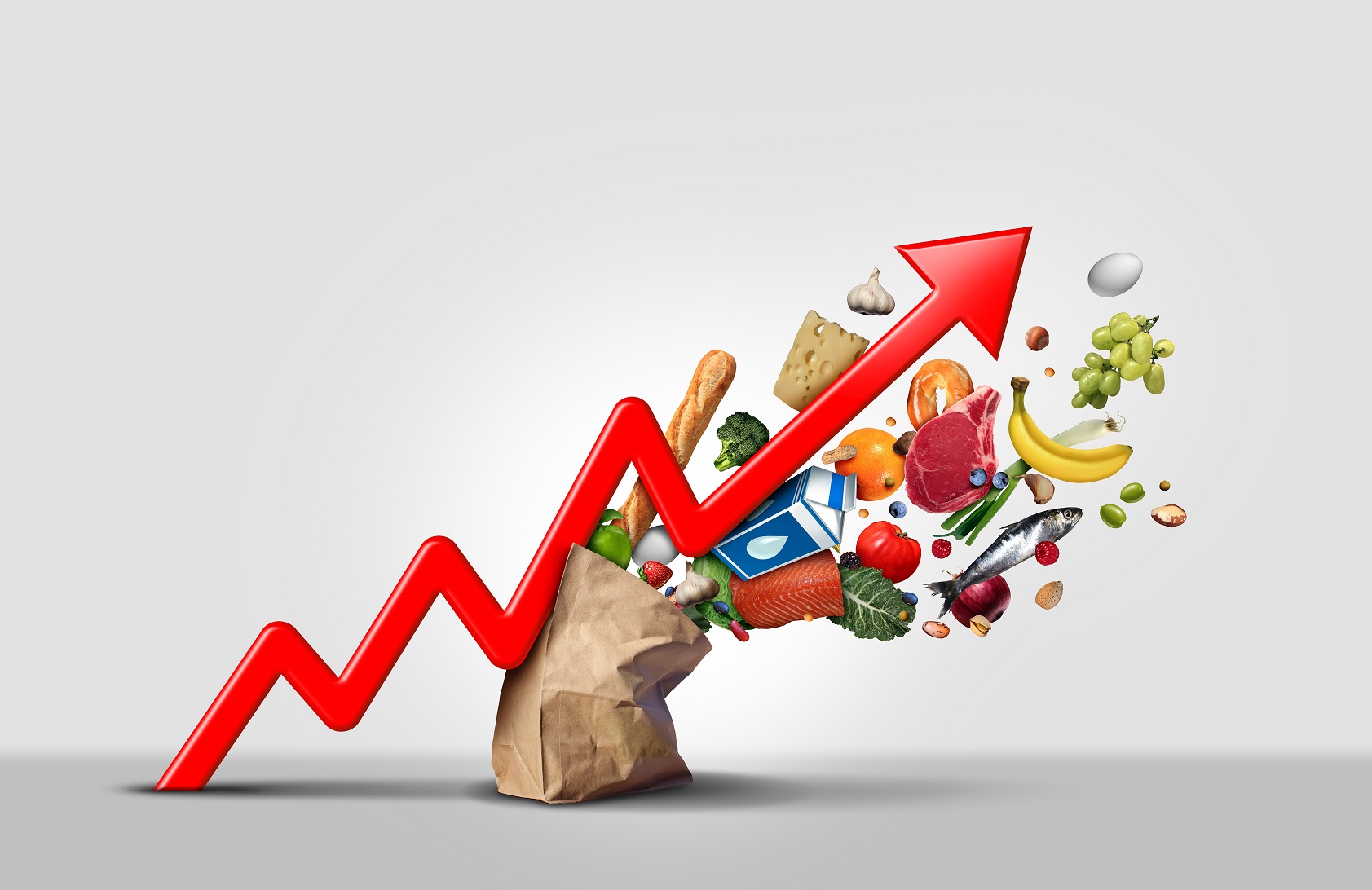In this article, both Stijn and Sebastiaan discuss their roles as a board member of Asset | Accounting & Finance. First, Stijn will talk more

For the Dutch version, click here.
17,1%. That was the inflation rate during last September in the Netherlands measured by the Central Bureau of Statistics (CBS). Inflation has never been this high since World War II. CBS follows the European harmonized consumer price index (HICP) to calculate inflation. This method shows that there is mainly one culprit that caused inflation to skyrocket, namely sharply increased energy prices. By comparison, compared to September last year, energy prices fall 114 percent higher in September 2022.
Subsidies and taxes
Of course, the focus then goes directly to low-income families who are at the tipping point of being unable to pay the energy bill. One means established to help these families is the possibility of applying for an energy allowance. This is a one-time untaxed payment of 1300 euros on average with a possible bonus of 500 euros if income is very low. However, the exact requirements and amounts vary by municipality.
On Budget Day, the government announced to continue and further expand the support. For example, the possibility of an energy allowance will remain, and there will be an increase in the healthcare allowance, an increase in the child-related budget, a reduction in energy taxes and a reduction in fuel taxes. To finance these plans, a whopping 17 billion is included in the budget, 12 billion of which are targeted to help lower-income earners. Also for incomes in the middle class, the government wants to start supporting through an increase in the minimum wage and a reduction in the rate of the first wage and income tax bracket, among other measures.
Purchasing power
Despite the intensive measures, the government expects that the 6.8% decrease in purchasing power for average households in 2022 cannot be converted into a plus and only achieve a reduction of the negative trend.
So it appears that the government is aware of state of affairs at the moment and that action must be taken to help both low-income and even middle-class households get through this particularly financially tough time.
Students
It is also interesting to take a look at students as they will also feel this price increase. First, there is a positive note. Namely, the return of the basic scholarship. Whereas previously it was only possible to borrow interest-free, students living away from home will be paid €439 per month as a gift in the 2023/2024 academic year. This amount includes the €165 on top of the previously announced basic scholarship. The previously mentioned increase in the minimum wage will also contribute to students’ purchasing power. And finally, the increase in the care allowance (€30 per month) provides support in the right direction.
However, this scheme is getting off to a late start and offers support mainly to first-time students. The generation that by now has accumulated a considerable study debt and is nearing the end of its studies will benefit less. However, the reintroduction of the basic scholarship can be clearly explained as study debt has doubled in the past 7 years. It also appears that students are only eligible for the aforementioned energy allowance in 8 municipalities if strict requirements such as 21+ and own energy contract are met.
Other factors
What is striking, however, is that student purchasing power was already low before the time of high inflation. For example, the interurban student consultation (ISO) already reports in 2019 that a negative trend can be observed due to the rising rental costs of room and the increase in tuition fees.
All in all, it can be said that the government is extending a hand to help students get through this financially tough time, but that these measures are only a tool and not the solution. And that students will feel the effects of inflation just like other populations.





















